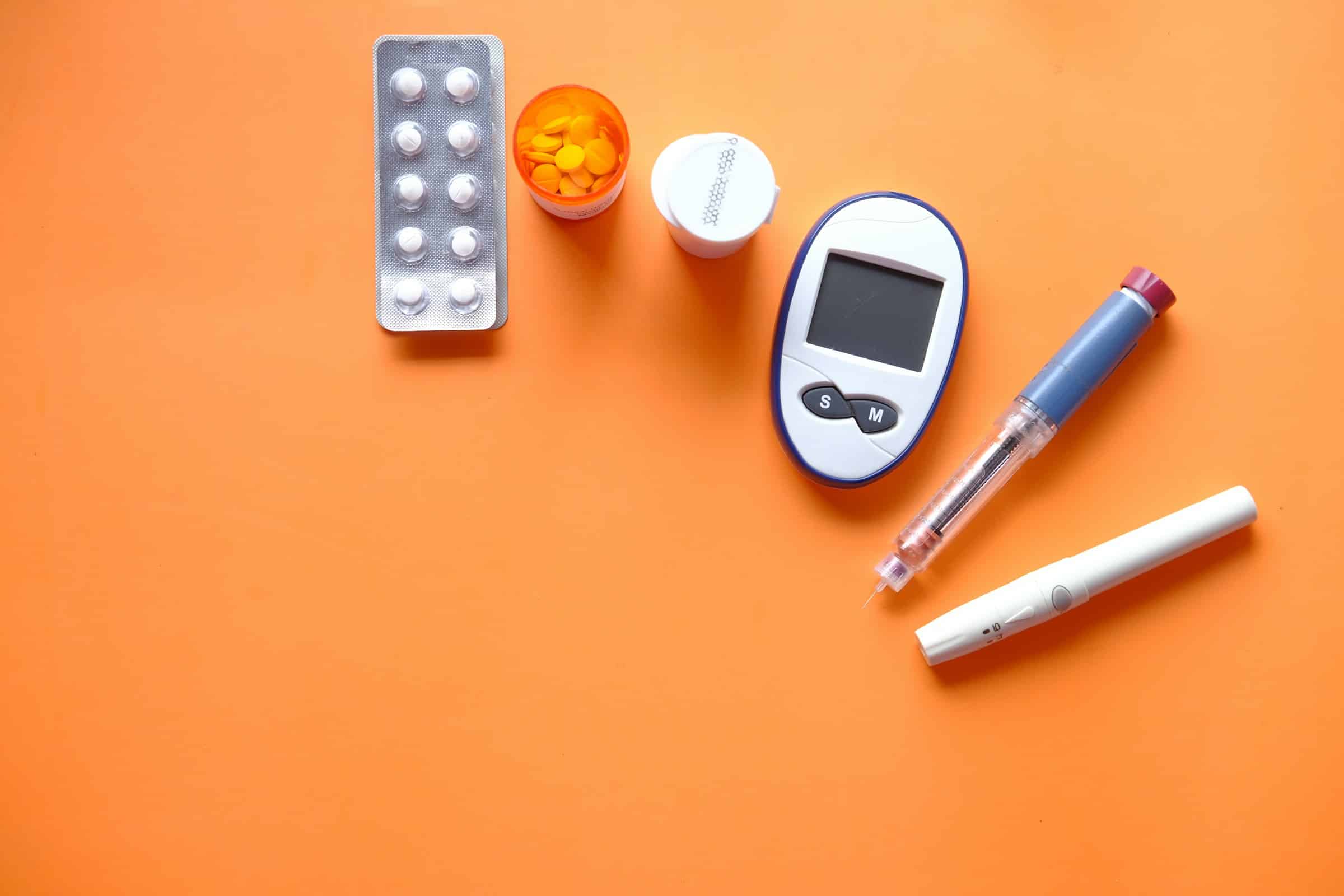How Does Continuous Glucose Monitoring Assist Athletes with Type 1 Diabetes in Performance Management?

The management of type 1 diabetes in athletes presents unique challenges. Sports and exercise require energy, which in turn, hinges on adequate glucose levels. However, patients with diabetes must also balance these needs with careful insulin administration to prevent hyperglycemia or hypoglycemia. Continuous Glucose Monitoring (CGM) can be a vital tool for these individuals, offering real-time data that can help them regulate their blood sugar levels and enhance performance.
The role of Glucose in Athletic Performance
Energy is the fuel of life, and glucose is a primary source. For athletes, this simple sugar powers muscles, brain function, and more. It’s essential to sustain the intensity and duration of any sports activity. However, the relationship between glucose and exercise is complex, especially for athletes with type 1 diabetes.
A découvrir également : What Are the Health Benefits of Learning a Second Language for Cognitive Aging?
Glucose is sourced from the food we consume. Carbohydrates, in particular, are broken down into glucose that enters the bloodstream. Then insulin, a hormone produced by the pancreas, facilitates the transfer of glucose from the blood into body cells for energy usage or storage.
However, for individuals with type 1 diabetes, the body’s ability to produce insulin is impaired, leading to an accumulation of glucose in the bloodstream. This can potentially result in hyperglycemia (high blood sugar) if not properly managed. Conversely, an excess of insulin or intense physical activity can trigger hypoglycemia (low blood sugar levels), causing weakness, confusion, and even loss of consciousness.
Lire également : What Role Do Community Gardens Play in Enhancing Food Security and Reducing Obesity?
Understanding and managing these dynamics is crucial for athletes with diabetes. They must strike a balance between their insulin doses, food intake, and exercise regimen. This intricate management can be made more manageable with the use of technology like CGM.
Continuous Glucose Monitoring (CGM)
Continuous Glucose Monitoring, or CGM, is a system that tracks blood glucose levels throughout the day and night. In contrast to traditional blood glucose tests, which offer a one-time snapshot of glucose levels, CGM provides near-continuous data, revealing trends and fluctuations that can guide more proactive, tailored management of type 1 diabetes.
A CGM system includes a tiny sensor inserted under the skin that measures glucose levels in interstitial fluid (the fluid between body cells). This sensor automatically sends the glucose data to a device that displays the results and tracks trends. Some systems can send this information directly to a smartphone or other digital devices, making it easily accessible and shareable with healthcare providers.
For athletes with diabetes, CGM can serve as a powerful tool in their performance management strategy. It can help monitor the impacts of exercise on glucose levels, inform adjustments to insulin dosages, and anticipate potential hypoglycemic events.
Exercise and Glucose Levels: Insights from CGM
One of the main advantages of CGM for athletes with diabetes is the ability to examine the effects of different types of exercises on their glucose levels. Exercise typically lowers blood sugar levels by boosting insulin sensitivity and promoting glucose uptake from the bloodstream into working muscles. However, the extent of this effect can vary based on the type, intensity, and duration of the exercise, along with individual factors like fitness level and metabolic control.
With CGM, athletes can gain insights into their individual responses and adjust accordingly. For example, they may notice a pattern of glucose dropping significantly during aerobic workouts, indicating a need for less insulin or more carbs before such sessions. Conversely, they might find that high-intensity or anaerobic exercises cause a temporary rise in blood sugar, suggesting a need for additional insulin.
By studying these patterns using CGM data, athletes can develop a personalized game plan for managing their diabetes around their training and competition schedules. This could mean tweaking their diet, insulin doses, or even exercise routines to optimize glucose control and maximize performance.
Enhancing Athletic Performance with CGM
In addition to managing health risks, CGM can also help athletes with diabetes enhance their performance. Stable blood glucose levels are integral to sustaining energy, concentration, and endurance. Fluctuations can disrupt these, impairing performance and recovery.
By providing real-time feedback, CGM allows athletes to make timely adjustments to maintain their target glucose range. They can take immediate action if their levels dip too low or climb too high, such as consuming fast-acting carbs or administering insulin.
Moreover, with the ability to anticipate changes based on past data trends, athletes can also take preemptive steps to avoid disruptions during a big game or race. They can fine-tune their pre-exercise preparation and mid-event fueling strategies to keep their glucose steady and their performance at its peak.
Indeed, according to a study published in PubMed, athletes with type 1 diabetes who used CGM reported improved performance and reduced fear of hypoglycemia, underscoring the potential of this technology in supporting both the health and athletic aspirations of these individuals.
The Future of CGM in Sports and Exercise
With the advent of CGM, athletes with diabetes have an unprecedented level of control over their glucose management. The real-time feedback and trend analysis provided by this technology can guide personalized strategies to maintain optimal glucose levels and enhance performance.
However, the potential of CGM in sports and exercise is not limited to those with diabetes. Emerging research suggests that monitoring glucose levels could also benefit non-diabetic athletes. Understanding how different foods, workouts, and recovery strategies affect glucose levels could inform more effective, individualized performance nutrition plans.
As further advances in technology and research unfold, CGM could become an integral tool in the repertoire of athletes, sports professionals, and fitness enthusiasts. It presents a promising frontier in the pursuit of personalized health and performance optimization, powered by data and digital health technology.
CGM: An Indispensable Tool for Athletes with Type 1 Diabetes
Continuous Glucose Monitoring or CGM, by providing near real-time glucose data, has become an indispensable tool for athletes with type 1 diabetes. According to a study published in Diabetes Care, athletes using CGM reported improved control over their blood sugar levels, enhanced performance, and a reduced fear of hypoglycemia. This is underscored by the ability of CGM to provide insights into individual responses to different types and intensities of workouts, as well as the effects of diet.
For instance, an endurance runner might observe a steady decline in glucose levels during a long run, indicating the need for frequent carbohydrate intake during the exercise. On the other hand, a weightlifter performing high-intensity, anaerobic workouts might notice a temporary rise in blood sugar, necessitating an adjustment in insulin dosage.
These personalized insights go a long way in helping athletes plan their diet, exercise, and insulin administration schedules. By doing so, they can ensure stable blood glucose levels, optimally fuel their bodies, and thereby enhance their performance.
Furthermore, CGM helps athletes anticipate changes in glucose levels, enabling them to prepare and respond proactively, rather than reactively. This is especially critical during competitions, where maintaining steady glucose levels can be the difference between winning and losing.
Conclusion: The Future of CGM in Diabetes Management and Sports Performance
In conclusion, Continuous Glucose Monitoring has revolutionized the management of type 1 diabetes in athletes, offering them an unprecedented level of control over their blood sugar levels. It has enabled them to better understand their individual responses to different exercises and diet plans, and adjust their insulin doses accordingly. This has not only helped them manage their health risks but has also significantly enhanced their performance.
Looking ahead, the potential of CGM extends beyond those with diabetes. According to a research article published in PMC Free, even non-diabetic athletes can benefit from monitoring their glucose levels. By understanding how their bodies respond to different types of food and exercise, they can tailor their nutrition and workout plans for optimal performance.
As further advances in technology and research unfold, it is clear that CGM will become an even more integral tool in the pursuit of personalized health and performance. The future of sports and exercise will be powered by data and digital health technology, with CGM at the forefront. Whether you are an athlete with type 1 diabetes or a fitness enthusiast striving to reach new performance heights, CGM holds the key to unlocking your full potential.
